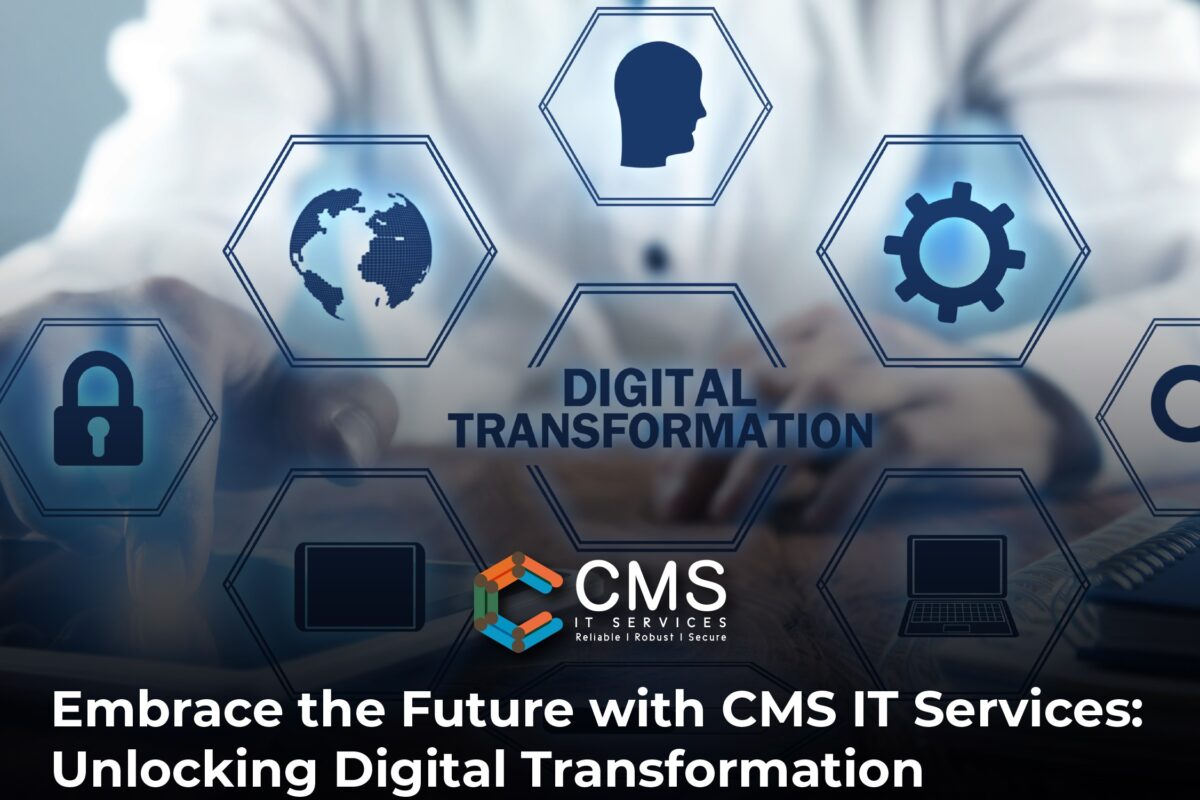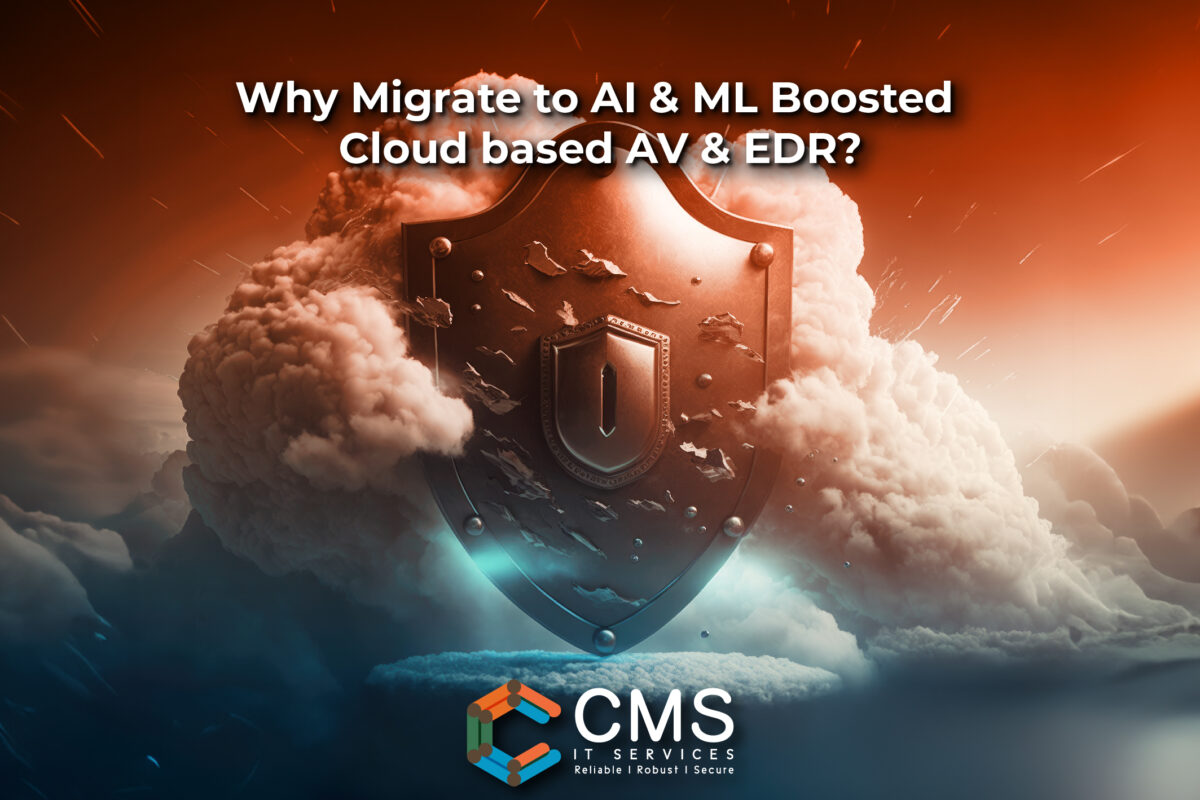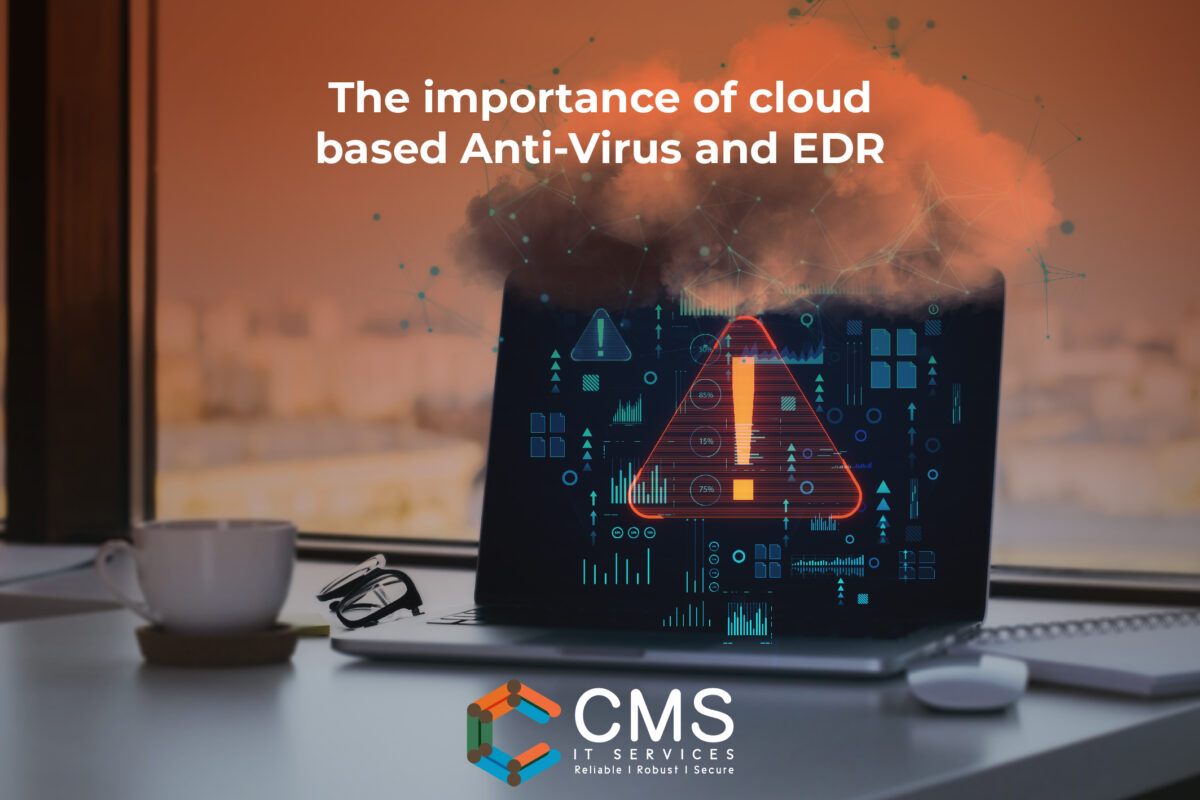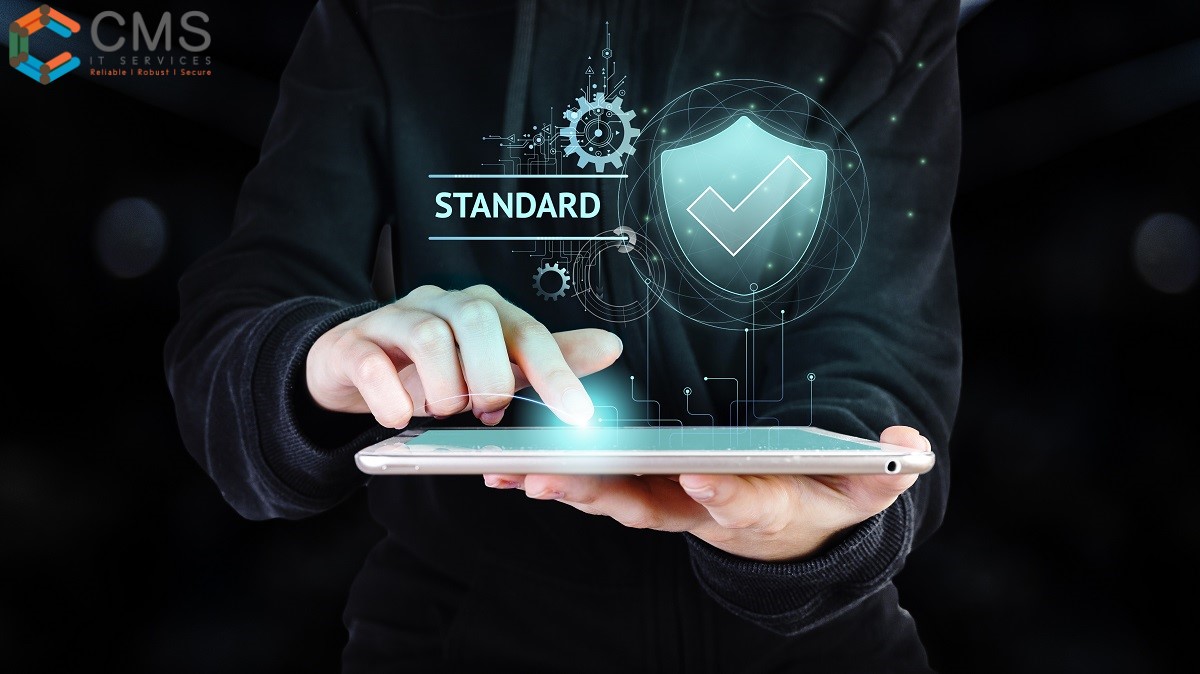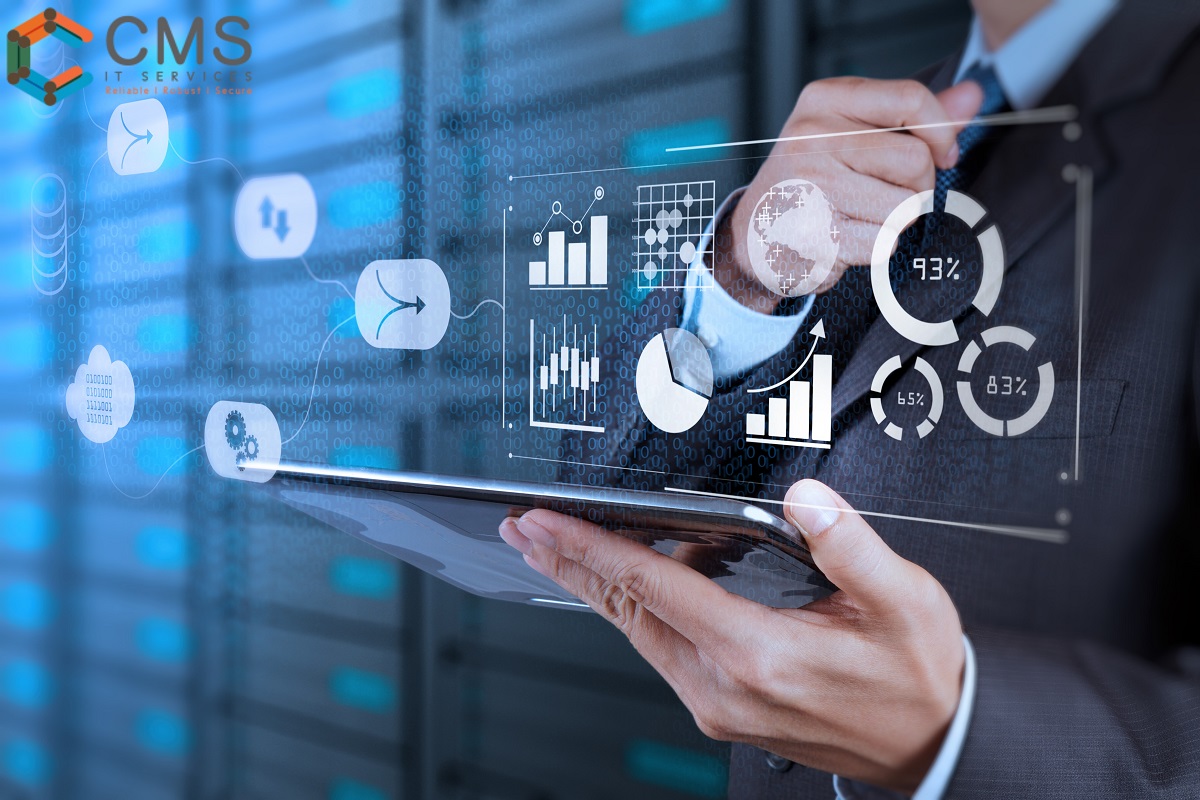In today’s rapidly evolving business landscape, organizations must adapt and transform digitally to stay ahead of the competition. To help enterprises navigate this complex journey, CMS IT Services offers comprehensive Digital Transformation services. With their outcomes-focused approach, expertise in cutting-edge technologies, and commitment to driving digital dexterity, CMS IT Services empowers businesses to thrive in the digital era.
In this blog post, we will explore how CMS IT Services leverages predictive analytics, AIOps automation, and digital process automation to enable organizations to unlock their true digital potential.
-
Outcomes-Focused Approach:
CMS IT Services takes a holistic and outcomes-focused approach to help customers achieve Digital Transformation. Rather than focusing on isolated technology implementation and support, CMS IT Services aligns to the digital initiatives of an organization’s that help them attain their strategic goals. CMS IT Services understands the challenges and opportunities of each client are unique, we take a custom approach and design tailored solutions that enables us to drive tangible business outcomes. This approach ensures that digital investments deliver measurable results, such as increased productivity, enhanced customer experiences, and accelerated growth.
-
Building Digital Skills:
Digital Transformation requires a skilled workforce that can effectively leverage new technologies. CMS IT Services recognizes this need and offers comprehensive enablement and training programs to build digital skills within organizations. By providing specialized training in areas such as IT Automation, cloud computing, data analytics, cybersecurity, and other emerging technologies, CMS IT Services equips employees with the required knowledge and expertise to embrace digital tools and platforms. This investment in upskilling employees empowers organizations to harness the full potential of digital technologies and drive innovation from within.
-
Driving Technology Transformation:
CMS IT Services leverages the power of advanced tools and technologies that help drive digital transformation. Predictive analytics, a key component of our services, enables organizations to make data-driven decisions, identify patterns, and gain valuable insights into customer behaviour and market trends. By leveraging AI-powered technologies like AIOps automation, CMS IT Services automates IT operations, enhances efficiency, and improves service reliability. Additionally, digital process automation streamlines workflows, reduces manual errors, and improves overall operational efficiency. With CMS IT Services as a partner, businesses can stay at the forefront of technological advancements and embrace innovation with confidence.
-
Governance to Improve:
Digital Transformation is a continual journey that requires effective governance and oversight. CMS IT Services works with organizations to create a robust governance frameworks that enables monitoring, measuring, and optimizing digital initiatives. By establishing key performance indicators (KPIs), keeping track of BAU operations, conducting regular audits, and providing actionable insights, CMS IT Services enables businesses to identify bottlenecks, address challenges, and continually improve their digital capabilities. This approach helps organizations achieve sustained success and maximizes the return on their digital investments.
-
Digital Dexterity:
In a ever changing digital landscape, organizations must enable their employees and develop digital dexterity to adapt quickly to changing circumstances. CMS IT Services assists businesses in cultivating digital dexterity by fostering a culture of adoption, innovation, collaboration, and agility. By leveraging their expertise and experience, CMS IT Services helps organizations embrace emerging technologies, experiment with new business models, and remain adaptable in the face of disruptive forces. Digital dexterity empowers businesses to seize new opportunities, stay competitive, and navigate digital disruptions with ease.
Conclusion:
Digital Transformation is a necessity for businesses to thrive in today’s digital-first world. CMS IT Services, with its outcomes-focused approach, emphasis on building digital skills, commitment to driving technology transformation, focus on governance, and promotion of digital dexterity, serves as a trusted partner for organizations embarking on this transformative journey. By harnessing the power of predictive analytics, AIOps automation, and digital process automation, CMS IT Services empowers businesses to unlock their true digital potential and achieve sustainable success in the digital age.
